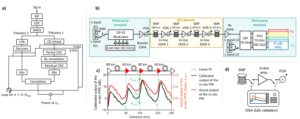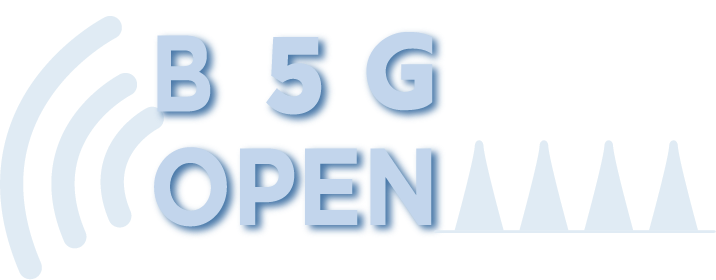B5G-OPEN JLT Journal
Matheus Sena, Pratim Hazarika, Caio Santos, Bruno Correia, Robert Emmerich, Behnam Shariati,
Antonio Napoli, Vittorio Curri, Wladek Forysiak, Colja Schubert, Johannes K. Fischer, Ronald Freund
“Advanced DSP-based Monitoring for Spatially resolved and
Wavelength-dependent Amplifier Gain Estimation and Fault Location in C+L band Systems”
https://ieeexplore.ieee.org/document/9896153

Abstract — The development of efficient anomaly detection schemes is a key element for the implementation of autonomous optical networks as they can help telecom operators to automate
the location of defective devices and track the overall performance of the network infrastructure. In that regard, the exploitation of receiver based digital signal processing (DSP) for optical performance monitoring has shown to be a promising enabler for detection of spatially resolved and wavelength-dependent properties and anomalies in optical fiber links. In this work, we study the benefits of applying DSP-based longitudinal power estimation on multiple wavelength division multiplexing (WDM) channels allocated in the optical grid to infer wavelength-wise characteristics of a C+L-band optical line system. In that context, we show that the applied scheme can successfully recreate a
visualization of the spatial evolution of the gain tilt imposed by in-line optical amplifiers. Additionally, we propose the utilization of advanced DSP tools based on wavelet-denoising to enhance the
performance of an anomaly detection approach. The proposed method not only can improve accuracy of the fault location, by reducing positioning uncertainty, but it also delivers more uniform readings of the anomaly signatures.
